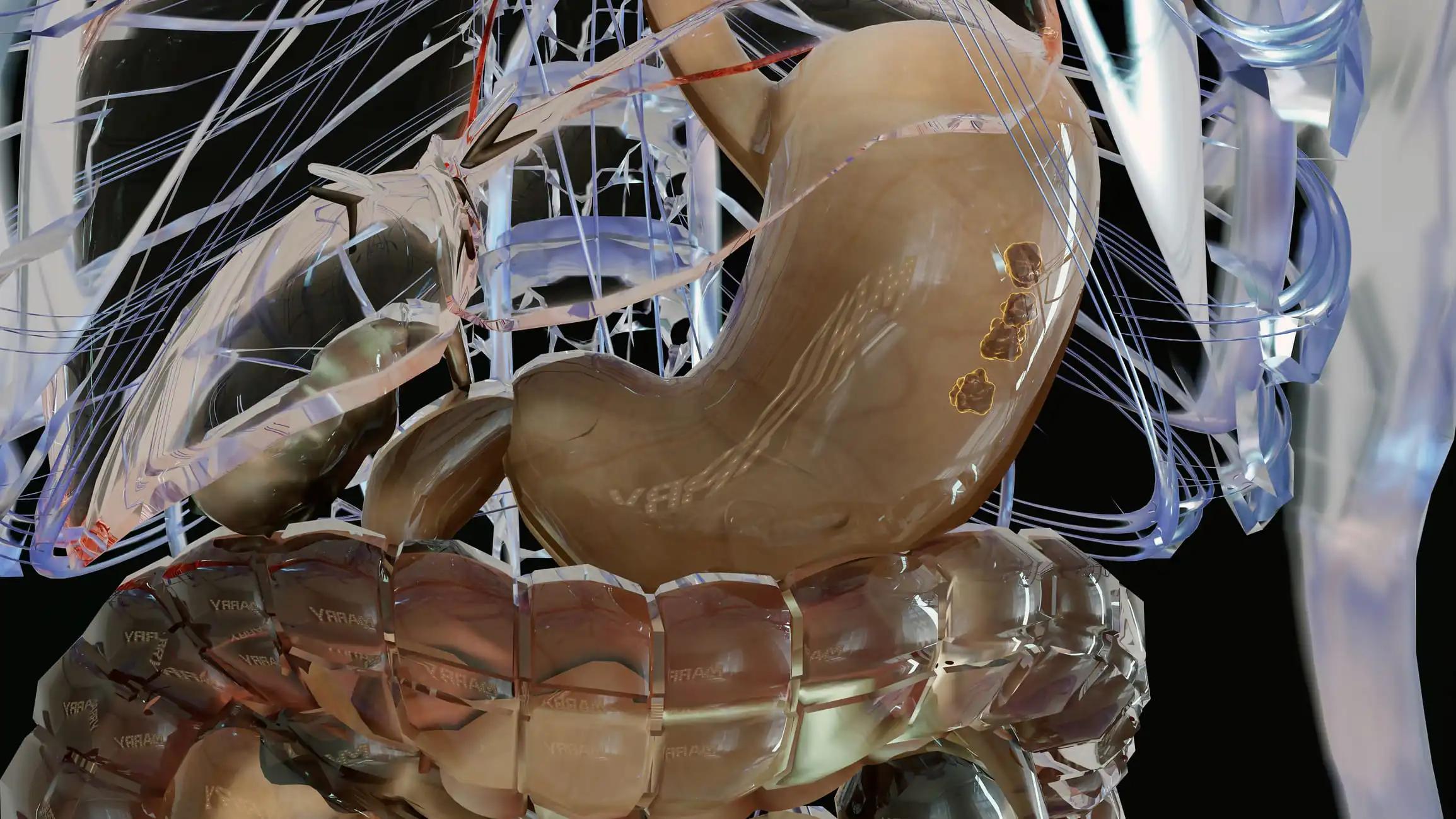KEY TAKEAWAYS
- The study aimed to investigate the efficacy and safety of TAR-200 in patients with BCG UR HR NMIBC.
- The primary end point was to determine the CR rate.
- Researchers noticed that TAR-200 monotherapy showed superior efficacy in BCG UR HR NMIBC.
Patients with bacillus Calmette-Guérin-unresponsive high-risk non-muscle-invasive bladder cancer (BCG UR HR NMIBC) face limited treatment options. TAR-200 is an intravesical targeted release system designed to provide sustained delivery of gemcitabine in the bladder over 3 weeks.
The ongoing randomized Phase 2b study, SR-1 (NCT04640623), evaluates the efficacy and safety of TAR-200 in combination with cetrelimab (CET, an anti-PD-1) in Cohort 1 (C1), TAR-200 alone in Cohort 2 (C2), and CET alone in Cohort 3 (C3) for patients ineligible for or refusing radical cystectomy. Additionally, TAR-200 alone is being assessed in patients with papillary disease only (C4). This report presents the findings from C1, C2, and C3.
Michiel S. Van der Heijde and the team aimed to assess the efficacy and safety of TAR-200 in these patient populations.
They performed an inclusive analysis involving eligible patients (≥18 years) with histologically confirmed carcinoma in situ (CIS) ± papillary disease (high-grade Ta, any T1), who had received their last dose of adequate BCG within 12 months of CIS diagnosis and had an ECOG performance status of 0-2. TAR-200 was administered every three weeks up to week 24, then every 12 weeks until week 96. CET was dosed every 3 weeks until week 78.
The primary endpoint was the complete response (CR) rate at any time, while secondary endpoints included duration of response (DOR), overall survival (OS), safety, and tolerability. Assessments included local cystoscopy, centrally assessed urine cytology every 12 weeks, and centrally assessed biopsy at weeks 24 and 48.
About 53 patients in C1, 85 in C2, and 28 in C3 were treated (median age 71.5 years, 80% male, 31% with papillary disease). Centrally confirmed CR rates in C1, C2, and C3 were 68%, 84%, and 46%, respectively. Low discontinuation (d/c) rates due to treatment-related adverse events (TRAEs) were observed with TAR-200 (C2, 6%) and CET (C3, 7%) alone, while higher rates were noted in the combination (C1, TAR-200 26% or CET 23%). No treatment-related deaths occurred.
The study concluded that TAR-200 monotherapy demonstrated high efficacy, achieving the highest single-agent CR rate reported in patients with BCG UR HR NMIBC, along with durable responses and low discontinuation rates due to TRAEs. In contrast, cetrelimab alone provided a modest CR rate comparable to other anti-PD-(L)1 agents. These findings support the continued development of TAR-200 monotherapy for this patient population.
The trial was sponsored by the Janssen Research & Development, LLC.
Source: https://cslide.ctimeetingtech.com/esmo2024/attendee/confcal/show/session/139
Clinical Trial: https://clinicaltrials.gov/study/NCT04640623
Van der Heijden M.S, Simone G, Boegemann M, et al. (2024). “TAR-200 +/- cetrelimab (CET) and CET alone in patients (pts) with bacillus Calmette-Guérin-unresponsive (BCG UR) high-risk non-muscle-invasive bladder cancer (HR NMIBC): Updated results from SunRISe-1 (SR-1).” Presented at ESMO 2024 (Abstract LBA85).



